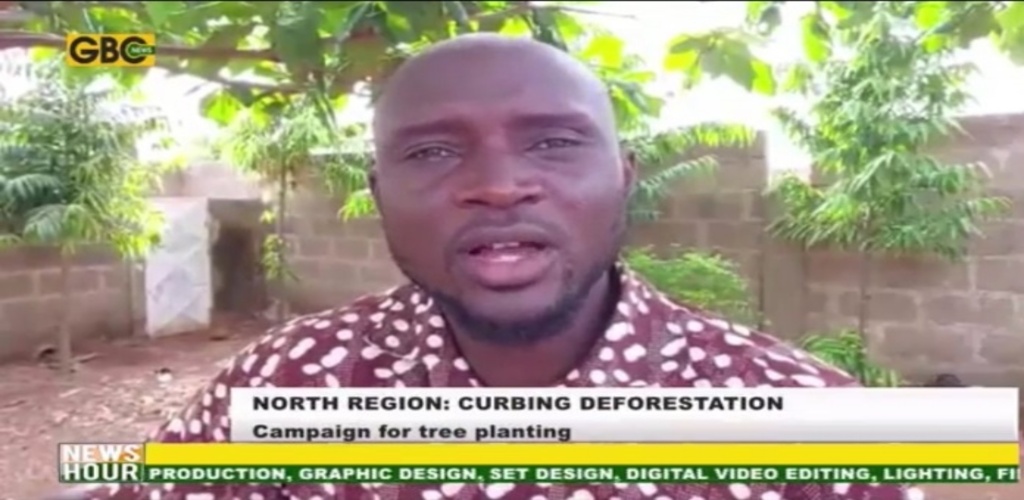Head of UDS' Energy Technology Center, Ing. Mubarick Issahaku Suggests Solutions to Climate Change on GBC News Channel
Ghana is exposed to floods, especially during the wet season in the northern Savannah ecological belt. Over the years, extreme rainfall events have increased, including a high number of 24-hour maximum rainfall events - a trend that has continued in the last decade. This phenomenon is often associated with high temperatures and intense heat.
In an interview on Ghana’s public Broadcaster, GBC, and monitored by the University Relations Office of UDS, the Head of Department of the Energy Technology Centre of the University for Development Studies, Ing. Mubarick Issahaku suggested that planting trees has quickly emerged as a seemingly simple way to soak up carbon emissions. “Everybody likes it: Environmentalists, politicians, and corporations alike are pushing for a rapid expansion of reforestation efforts to help meet climate goals” he said.
Ing. Mubarick Issahaku however, added that there aren’t enough tree seedlings currently being grown, at least in Ghana, to keep up with those goals. He said “if reforestation efforts are to help tackle climate change, tree nurseries across the country will have to increase their production to at least more than double the current numbers.
The Head of the Energy Technology Center of UDS added that as humanity grows, so does the demand for quick, available energy. Burning fossil fuels like coal and gas is an easy solution but it produces carbon dioxide. He said a natural solution to removing this harmful gas is planting more trees. “Trees convert carbon dioxide to oxygen; thus, widespread reforestation would slow the process of climate change and reduce temperatures”, said the energy expert.
Many countries, especially in Africa, have already embraced reforestation as a means to help the environment. By maximizing forest coverage, experts like the head of the Energy Technology Center at the University for Development Studies predict that the carbon dioxide levels in the atmosphere could be reduced by a quarter—back to levels from a hundred years ago. However, as ocean levels rise and emissions continue to grow, the available land is shrinking. Thus, the process must begin soon.




